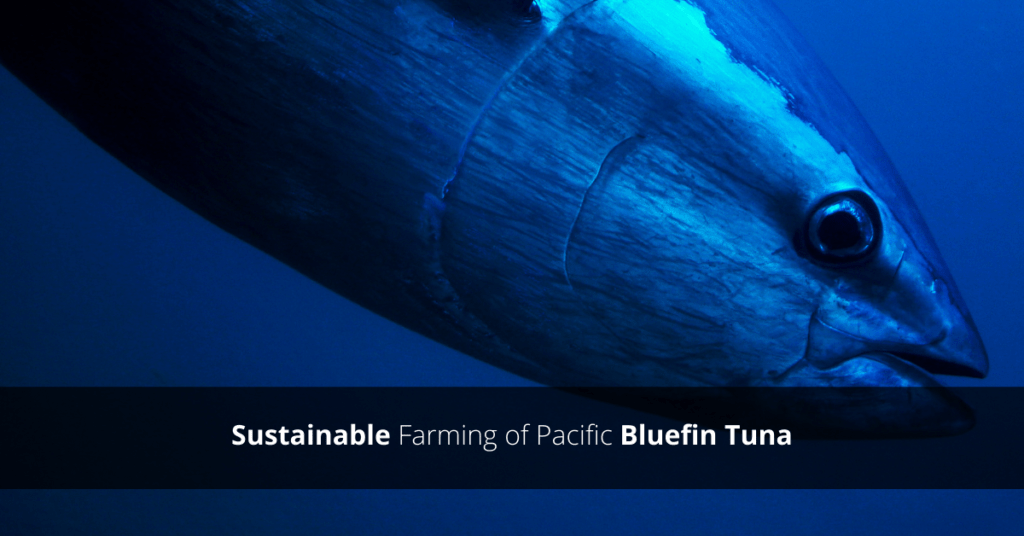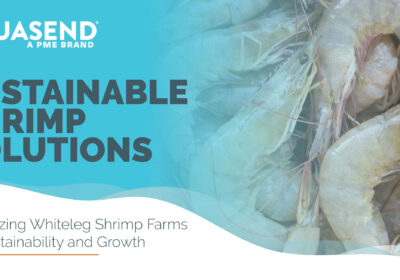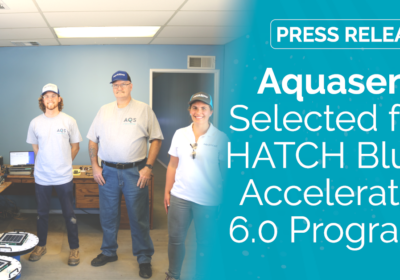Sustainable Farming of Pacific Bluefin Tuna

Pacific Bluefin Tuna has been listed as overfished since 2013 but in 2017 NOAA Fisheries released that there was no longer a risk of extinction. Since then, measures have been taken to increase Pacific Bluefin Tuna stock by cracking down on illegal fishing practices and implementing more sustainable aqua farming practices.
Traditional Farming Practices
In the past, farming of Pacific Bluefin Tuna has relied on catching juvenile Tuna in the wild, raising them to maturity, and then selling the fish to markets. In light of overfishing and concerns of extinction, this practice has been deemed unsustainable. Many fisheries use net pens for Pacific Bluefin Tuna farming as well; those fish are fed using baitfish which creates an unsustainable system. These unsustainable practices make it important to find alternative practices to meet the high demand of Pacific Bluefin Tuna.
Artificial Hatching Technology
To relieve pressure from the wild population, Kinki University’s fish lab in Japan began using artificial hatching technology as part of their full-cycle farming process. By raising artificially hatched eggs into adulthood, they are able to collect their eggs and create ensuing generations of Pacific Bluefin Tuna before they are harvested. This technology allows for the fish to be hatched in a controlled environment rather than caught in the wild. Combining artificial hatching with the use of artificial fishmeal would create a more sustainable aqua farming system.
The First Tuna Hatchery Opens in North America
In April 2019, the Foundation for Food and Agriculture Research granted $945,000 to Ichthus Unlimited to start a Pacific Bluefin Tuna hatchery in the San Diego Bay. Resembling the lab in Japan, they hatch eggs and nurture them into juveniles before being transferred to a new location where the juvenile fish grow into full maturity. The eggs are sourced from a complex network of international suppliers that was established in order to improve worldwide shipment and husbandry processes. This has proved successful, with an after-shipment survival rate of over 80%, even during the COVID-19 pandemic.
The hope for this hatchery was to create a more sustainable way to meet the demand for Pacific Bluefin Tuna and protect the wild population as it recovers, however, there are still those who have some reservations. Concerns expressed range from the spread of disease to the need for an alternative to traditional fishmeal. The hatchery researched and decided on viable ways of addressing the concerns around fishmeal.
The solution that was decided upon for alternative feed was to start the tuna larvae off with a diet of larvae from zooplankton and other fish species, eventually weaning them off that and onto an artificial diet. After 13 weeks, the juvenile Pacific Bluefin Tuna are transferred to either NOAA’s Southwest Fisheries Science Center, which uses a flow-through tank system, or Ichthus Unlimited’s closed recirculating tank system.
After its establishment, this hatchery became the first Pacific Bluefin Tuna hatchery of its kind in North America and only the third worldwide.
Every Farm Needs a Monitoring System
The health of your farm is dependent upon reliable, real-time monitoring. No matter if you have an indoor or outdoor farm, we have a monitoring solution for you! The Aquasend Beacon® sends real-time temperature and dissolved oxygen level data points to our customized portal where you can create settings and alerts matched to the needs of your farm.
Put the Aquasend® solution to work for you. Contact us today to learn more about how the Aquasend Beacon® and our integrated portal can bring your farm a breath of fresh air.


